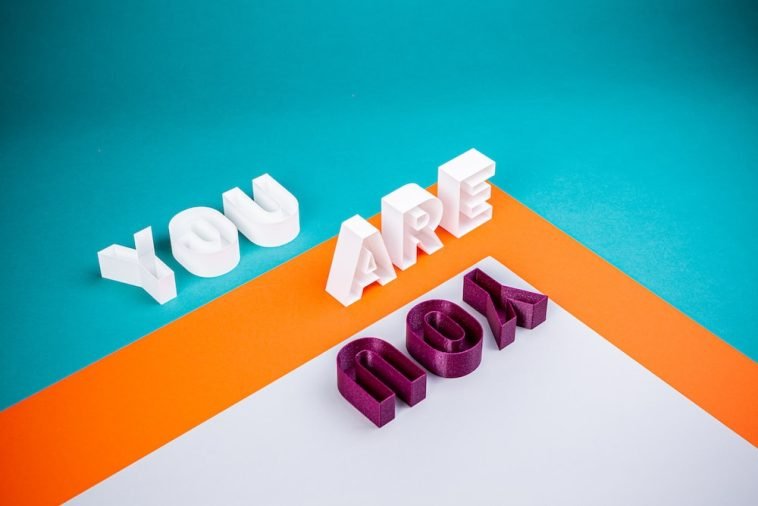Introduction.
Starting a print-on-demand (POD) business can be exciting, especially when you imagine your designs on everything from t-shirts and mugs to posters and phone cases.
But before you can launch a successful POD store, you need to nail down one critical element: creating the right images for your products.
This isn’t just about making something that looks nice—it’s about designing images that are high-quality, relevant to your audience, and suitable for printing.
In this article, I’ll break down how to create images that work well on POD products, what tools to use, and a few design tips to get you started.
We’ll also cover the pros and cons of different approaches and answer common questions about creating POD images.
By the end, you’ll have a clear understanding of what it takes to create images that sell and help your business grow.
How Do I Create Images for My Print-on-Demand Business?
1. Decide on the Style of Your Design.
Your design style is essential to setting your brand apart. Here’s where knowing your audience comes in handy—different styles will appeal to different people.
If your brand is about fun and quirky designs, then bold colours and playful illustrations might be your go-to.
Alternatively, a minimalist style can work well if you’re targeting a more professional or upscale audience.
A few styles to consider include:
- Typography: Text-based designs are straightforward and often very popular. Choose fonts that are easy to read but fit the vibe of your brand.
- Illustrative designs: Hand-drawn images or digital illustrations can make your products unique, especially if they’re based on a particular theme or interest.
- Photographic designs: High-quality photography can work for products like posters or canvas prints, but make sure the resolution is high to avoid pixelation.
- Patterns and textures: Patterns are versatile and can look good on many products, such as apparel and accessories.
2. Choose Your Design Tools.
Several tools out there make it easy to create professional-looking designs, even if you’re not a graphic designer. Some are free, and others offer advanced features for a monthly fee. Here are a few top choices:
- Canva: A beginner-friendly tool with templates that simplify creating visuals for POD. It’s free, though there’s a paid version with more features.
- Adobe Photoshop or Illustrator: These are industry-standard tools for more detailed work, especially if you want complete control over your designs. Adobe also offers bundles starting at around $20 a month.
- Procreate: If you’re working with an iPad, Procreate is a powerful option for creating digital illustrations. It costs around $10 as a one-time purchase.
- GIMP: An open-source alternative to Photoshop, GIMP is free to use and has many similar features, though it might have a learning curve.
Choose the tool that best fits your skill level and budget. With some of these, like Photoshop and Illustrator, learning the basics might take longer, but the results can be worth it.
3. Understand Print Requirements.
For POD, ensuring your design looks good on the final product is crucial. Here are some key requirements to keep in mind:
- Resolution: Aim for at least 300 DPI (dots per inch) for most POD products to avoid blurriness.
- File type: Many POD platforms accept PNG files, as they allow transparent backgrounds. However, JPEG is also common for designs without transparency.
- Color mode: Use CMYK (Cyan, Magenta, Yellow, Black) for print-ready colors instead of RGB, as RGB colors often look different when printed.
- Bleed area: Some products require extra space around the edges to ensure the design fills the whole item without white borders.
Check with your POD platform to confirm the specific file requirements.
4. Use Templates.
Most POD platforms offer design templates for their products, which show exactly where to place your artwork.
Templates help you see where certain areas might get cut off and ensure that your design aligns well with the final product.
For instance, if you’re designing for a t-shirt, templates can help you see where the design will sit on the front or back, ensuring it doesn’t stretch oddly or get cropped.
5. Optimize for Different Products.
A design that works perfectly on a t-shirt might not look as great on a phone case or a mug. Some designs are versatile, while others need resizing, repositioning, or even slight tweaks to suit each item.
If possible, create a few variations of your design to fit different products better, especially those with different proportions like square, vertical, and circular items.
Pros and Cons of Creating Your POD Designs
Pros
- Creative Control: You control every aspect of your design, from colour to composition, so it reflects your brand perfectly.
- Cost Savings: DIY designs cut down on expenses, so you don’t have to hire a designer or buy premade designs.
- Flexibility: You can create new designs whenever you want, responding quickly to trends or customer requests.
Cons
- Time-Intensive: Design takes time, especially if you’re just learning. It can be challenging if you have other aspects of your business to manage.
- Learning Curve: Tools like Photoshop or Illustrator can take time to master, and getting the technical details right can feel overwhelming at first.
- Risk of Low Quality: Without design experience, creating high-quality designs can be difficult, leading to issues with print quality or customer satisfaction.
FAQs
Q: Do I need to be a professional designer to create my POD images?
A: Not at all! Many tools, like Canva and even some free templates, can help you create professional-looking designs without a design background. However, investing time in learning design basics can help elevate your work.
Q: What’s the best image format for print-on-demand?
A: PNG is generally best for designs with transparent backgrounds, while JPEG works well for full-color images. Just ensure the resolution is high (300 DPI or above) to avoid blurry prints.
Q: Are there any free resources for graphics?
A: Yes! Websites like Unsplash and Pexels offer free, high-quality images you can modify. Make sure to read each site’s licensing terms to avoid copyright issues.
Q: How can I ensure my designs fit on multiple products?
A: Using templates from your POD provider can help. Also, consider creating variations of your design tailored to different product dimensions.
Q: Should I use copyrighted images in my designs?
A: Always avoid copyrighted images unless you have permission from the copyright holder. Stick to free-use images, stock photos with commercial licenses, or original work to avoid legal issues.
Conclusion
Creating images for a print-on-demand business takes some initial work, but it’s worth the effort to get designs that resonate with your audience and reflect your brand.
As you practice and get more comfortable with design tools, the process becomes easier and more enjoyable.
Plus, the right images can make a huge difference in sales, as people are more likely to buy products with eye-catching designs.
Now that you’ve got a good grasp of the basics, what kind of designs do you think would connect best with your audience?




GIPHY App Key not set. Please check settings